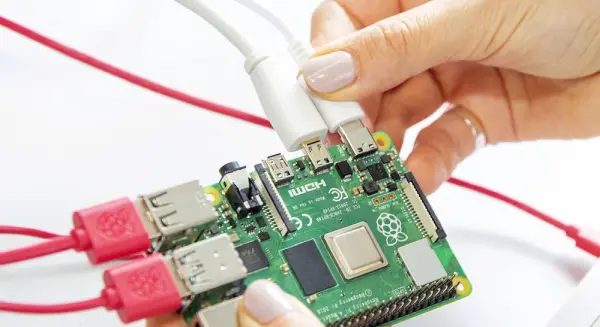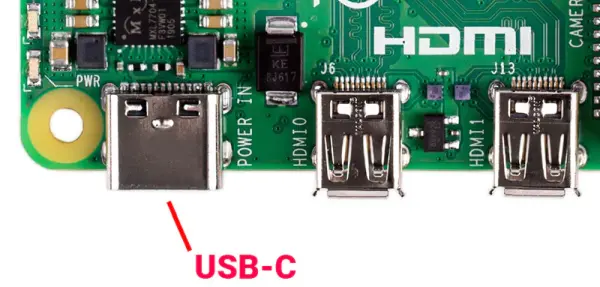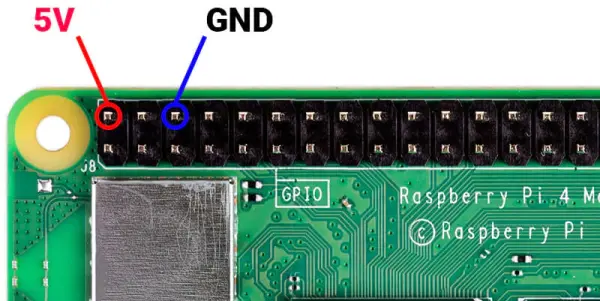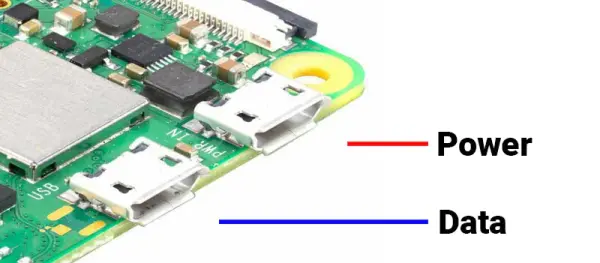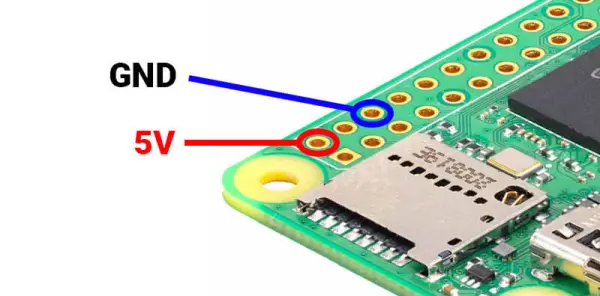“Our company provides a variety of development boards, each with unique power requirements and connectors. While some boards, like the latest Raspberry Pi 4, require a specific input of 5V 3A, others, such as certain Arduino boards, offer more flexibility by accepting a range of voltage inputs (6-20V) and regulating it internally.
In addition to voltage and current considerations, our selection of development boards also feature various input ports, including USB-A, Micro-USB, and the increasingly popular USB-C, which is emerging as the new standard.
While this article will focus primarily on the Raspberry Pi, we have provided a simple breakdown of power requirements for each board. Please refer to the provided links for detailed instructions on how to power each specific device.”
How do I power my Raspberry Pi?
The Raspberry Pi is the simplest but has the most strict power requirements among our boards.
Currently, all Raspberry Pi boards utilize either a USB-C port (Raspberry Pi 4) or a Micro-USB port (all other boards, including the Pico).
Keeping things straightforward, these USB connections operate at 5V. However, it's crucial to pay attention to the specific current requirements of each board and ensure that your power supply can meet those requirements.
Powering a Raspberry Pi 4
There are two options to power the latest Raspberry Pi 4: either through the USB-C port or using the GPIO pins. Now, let's examine each of these options in detail:
Powering the Raspberry Pi 4 via the USB-C Port (5V, 3A)
The recommended and most convenient method to power the Raspberry Pi 4 is through its USB-C port located on the side of the device. It is advisable to use this method for power input. The recommended voltage for the input is 5V, while the suggested current is 3A.
While it may be possible to use a power supply with a lower current rating, it is important to note that doing so can lead to instability. To ensure optimal performance, we highly recommend using the official Raspberry Pi USB-C power supply, specifically designed for the Raspberry Pi 4.
The official power supply is designed with a voltage rating of 5.1V to compensate for any voltage drop that may occur due to high current consumption.
It is advisable to avoid using USB-C chargers intended for mobile phones or tablets, as we often receive support tickets from customers who experience performance issues and system crashes when using these chargers. These chargers may not provide power as reliably as a dedicated power supply does.
Powering the Raspberry Pi 4 via the the GPIO Pins
An alternative and more advanced (but also riskier and potentially dangerous) method to power the Raspberry Pi 4 is by directly connecting a regulated 5V supply or a dedicated power HAT to the GPIO pins.
It is important to note that unlike the USB-C port method, there are no built-in regulations or fuse protection on the GPIO pins to safeguard against over-voltage or sudden current surges. Applying an incorrect voltage or experiencing a current spike on the GPIO pins can result in permanent damage to your Raspberry Pi. In the best-case scenario, you may damage some or all of the GPIO pins, but in the worst-case scenario, your Pi could be irreversibly fried.
To power the Raspberry Pi via GPIO, you only need to establish connections between two pins:
1) Connect a 5V power source to Pin #2 (5V).
2) Connect the ground of that power source to Pin #6 (GND).
This approach proves beneficial for various applications, and we offer several power HATs that utilize the GPIO pins to power the Raspberry Pi board or provide additional functionalities such as UPS (Uninterruptible Power Supply) capabilities, all while ensuring proper onboard regulation. We strongly advise powering via the GPIO pins only when using a protected source like these power HATs.
Powering a Raspberry Pi Zero 2 / Raspberry Pi 3
Both the latest Raspberry Pi Zero 2 and Raspberry Pi 3 have similar power requirements. Like the Pi 4, they also offer two powering options mentioned earlier, but with the distinction of using a Micro-USB connector. Additionally, these boards typically require lower current. Now, let's examine each of these power options in detail:
Powering the Raspberry Pi Zero 2 / Pi 3 via the Micro-USB Port (5V, 2.5A)
To power the Raspberry Pi Zero 2 or Raspberry Pi 3, it is recommended to utilize the Micro-USB port. The recommended input voltage is 5V, while the suggested input current is 2.5A.
While it is possible to use a lower input current, it is worth noting that lower currents are more common with the Raspberry Pi Zero, as it is frequently employed in compact and mobile projects. However, it is important to be cautious as going too low on the input current can result in instability. For this reason, we highly recommend using the official Raspberry Pi Micro-USB power supply, specifically designed for these boards.
Similar to the power supply for the Pi 4, the official Micro-USB power supply for the Raspberry Pi Zero 2 and Pi 3 has a voltage rating of 5.1V to compensate for any potential voltage drop caused by high current consumption.
Again, it is advised to avoid using Micro-USB chargers intended for mobile phones or tablets for the same reasons mentioned previously. These chargers may not provide power as reliably as a dedicated power supply does.
One important note regarding the Raspberry Pi Zero is that it features two Micro-USB ports. One port is designated for connecting USB peripherals and devices using a shim, while the other port is specifically meant for power input.
Powering the Raspberry Pi Zero 2 / Pi 3 via the the GPIO Pins
To power the Raspberry Pi Zero 2 or Raspberry Pi 3, it is recommended to utilize the Micro-USB port. The recommended input voltage is 5V, while the suggested input current is 2.5A.
While it is possible to use a lower input current, it is worth noting that lower currents are more common with the Raspberry Pi Zero, as it is frequently employed in compact and mobile projects. However, it is important to be cautious as going too low on the input current can result in instability. For this reason, we highly recommend using the official Raspberry Pi Micro-USB power supply, specifically designed for these boards.
Similar to the power supply for the Pi 4, the official Micro-USB power supply for the Raspberry Pi Zero 2 and Pi 3 has a voltage rating of 5.1V to compensate for any potential voltage drop caused by high current consumption.
Again, it is advised to avoid using Micro-USB chargers intended for mobile phones or tablets for the same reasons mentioned previously. These chargers may not provide power as reliably as a dedicated power supply does.
One important note regarding the Raspberry Pi Zero is that it features two Micro-USB ports. One port is designated for connecting USB peripherals and devices using a shim, while the other port is specifically meant for power input.


